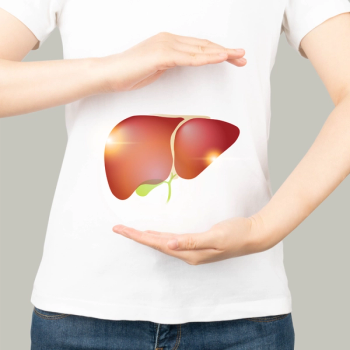
Cancer Burden for HIV-Positive Patients Expected to Shift
Jessica Yasmine Islam, M.P.H., discusses the changing statistics behind people with HIV and cancer.
According to a recent study presented at the 2017 annual meeting of the American Association for Cancer Research, the number of cancer cases diagnosed among people with HIV is projected to decline in the coming years, mostly due to declines in the rates of non-Hodgkin lymphoma and Kaposi sarcoma.
Researchers determined that the 7,909 cases of cancer diagnosed among people living with HIV in 2010 will drop to 6,495 cases in 2030. Of those, the rate of AIDS-defining cancers —cancers which mark the progression from HIV to AIDS, which are Kaposi sarcoma, non-Hodgkin lymphoma and cervical cancer — is expected to drop from 2,719 cases in 2010 to 710 cases in 2030. The most common cancers in this population is expected to shift from Kaposi sarcoma and non-Hodgkin lymphoma in 2010, to prostate, lung, liver and anal cancer in 2030.
What's the background on this study?
In an interview with CURE, Jessica Yasmine Islam, M.P.H., a doctoral student at Gillings School of Global Public Health at the University of North Carolina, Chapel Hill, and the study’s lead author, discussed the results that were presented at the meeting, as well as the implications this study has for the future.With the advent of highly active antiretroviral therapy, which is medication given to HIV positive individuals, the life expectancy of people living with HIV in the US has increased over the past decade. We are now seeing HIV-positive populations in the US living much longer and reaching ages like 65 and above, which is a dramatic shift from earlier in the 2000s. With the increase in age of this population, comes increased risk of cancers that usually affect the general population in the US.
What were the main results seen in the study?
Our objective was to inform future cancer preventative programs specifically targeted at HIV-positive populations in the US and, in order to do so, to project cancer burden and incidence within the subpopulation, out to 2030.In addition to the HIV/AIDS Cancer Match Study data that we utilized, we also used data from the Centers for Disease Control and Prevention. In doing so, we were able to predict that the population of HIV-positive individuals age 65 and above is going to increase from 4.1 percent to 20 percent by the time we reach 2030. There is going to be a demographic shift in age. We also were able to observe age-specific incidence rates of 11 different cancer sites. The cancer sites we looked at can be sub-grouped into two different types: AIDS-defining cancers, which include Kaposi sarcoma, non-Hodgkin lymphoma and cervical cancer, and non-AIDS-defining cancers which include cancers such as anal, liver, lung, prostate, breast and colon cancer.
What we found was that overall a majority of age-specific incidence rates for each cancer site are either decreasing or maintaining the same rate as we observed from 2000 to 2012. Specifically, prostate cancer's age-specific incidence rate, we're seeing that these will be increasing over time, out to 2030.
We also saw an overall decrease in burden of all cancer sites, however, what we observed was a majority of the burden of cancer shifting from AIDS-defining cancers to non-AIDS-defining cancers. What that means is that individuals who are taking their antiretroviral therapy are able to combat the AIDS-defining cancers, which are connected to infections that cause cancers.
How do cancers that affect the general population affect people with HIV differently?
What is the message for physicians and patients in the future?
However, now that they're living longer, they are being affected by the cancers which affect the general population. In 2030, the most common cancers that we predict will be prevalent among HIV-positive populations will include anal cancer, liver cancer, lung cancer, and prostate cancer.The take-home message with this is that there are certain cancers that affect individuals living with HIV, which are not AIDS-defining cancers. For example, anal cancer, liver cancer and lung cancer. These are cancers that are associated with certain risk behaviors that are prevalent among HIV-positive populations, such as smoking. Also, liver cancer is associated with infection with hepatitis B and C. There are different factors that affect the HIV-positive population a bit differently than the general US population. However, cancers such as prostate, breast and colon aren't necessarily associated with any of those types of risk behaviors, but we are seeing that it is increasing in the HIV-positive population simply due to the aging of this subpopulation.The message for physicians and patients would be that we should prioritize different types of preventative programs for HIV-positive populations moving forward, such as smoking cessation, cancer screening and improved preventative programs to Hepatitis B and C virus infections. Overall, this study informs future planning for cancer prevention. It can also inform the fact that we are shifting from AIDS-defining cancers to non-AIDS-defining cancers.




